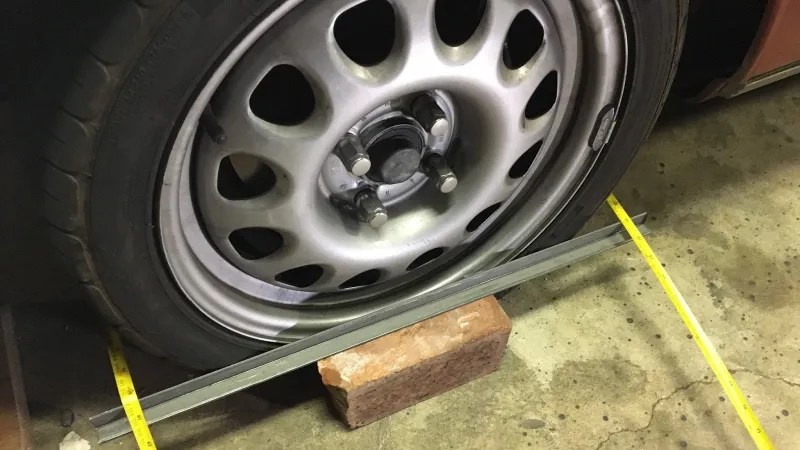Our reviews are driven by a combination of hands-on testing, expert input, “wisdom of the crowd” assessments from actual buyers, and our own expertise. We always aim to offer genuine, accurate guides to help you find the best picks.
Learn more
Summer tires are built for speed and agility and offer top performance on dry roads. They have better responsiveness, braking, and cornering capabilities. This is largely attributed to their unique tread patterns and compounds which allow for improved precision on the road. Some low profile summer tires have tread patterns with less grooves for maximum road grip. Their rubber compounds are more flexible for better traction and grip.
All-season low profile tires deliver grip and confident handling in all seasons. They provide year-round traction, thanks to their tread designs and compounds that remain flexible in all weather conditions. The tread patterns are usually symmetrical and the tires have grooves and sipes that siphon away water. All-season tires don't produce a lot of noise and make for a comfortable driving experience. They provide good performance in both wet and dry conditions and good traction in snow.
It's important to get winter tires for winter. Winter tires can be studded or non-studded and have deep grooves and treads that expel slush from the contact patches. These tires have tread patterns with larger gaps which increase traction on snow and ice. Low profile winter tires can be used in cold and snowy areas (with temperatures 7°C or below). They are made with soft rubber compounds that ensure they stick to the road even when temperatures go up. However, it's worth noting that these tires produce noise at higher speeds because of their complex tread patterns.
However, it's worth noting that these tires produce noise at higher speeds because of their complex tread patterns.
These tires also go by the name grand touring tires and deliver responsive handling and reliable all-season traction. They usually have a higher speed rating than all-season tires and mostly feature an asymmetrical tread pattern. Low profile touring tires are designed for comfort and make road bumps and road imperfections less noticeable. Their treads have increased surface contact with the road. The tires are usually sold as all-season tires and offer a long tread life, good handling, and a comfortable, quiet ride.
Michelin is a French tire manufacturer based in Clermont-Ferrand, France. It’s one of the largest tire manufacturers in the world. The company was founded by Aristide Barbier and Édouard Daubrée and initially made farm equipment and rubber balls. It created the first detachable bicycle tire in 1891. The company has created many awesome inventions over the years, like the radial earthmover tire, Michelin XDR, and the Michelin CrossClimate Tire. If you’re in the market for a low profile tire, the Michelin Pilot Sport PS2 Radial Tire is a great choice.
The company has created many awesome inventions over the years, like the radial earthmover tire, Michelin XDR, and the Michelin CrossClimate Tire. If you’re in the market for a low profile tire, the Michelin Pilot Sport PS2 Radial Tire is a great choice.
Goodyear’s full name is Goodyear Tire & Rubber Company. Frank Seiberling, an American innovator, started the company in 1898. It is currently based in Akron, Ohio. Goodyear makes tires for airplanes, cars, SUVs, racecars, trucks, motorcycles, earth-mover machinery, and farm equipment. If you love Goodyear tires, get the Goodyear Eagle RS-A Radial Tire for your vehicle.
Cooper Tire & Rubber Company specializes in the design and manufacture of automobile and truck tires. Its subsidiary, the UK-based Avon Tyres, develops and manufactures tires for trucks, motorcycles, and race cars. Cooper was established by John F. Schaefer and Claude E. Hart back in 1914 and was known as the M and M Manufacturing Company. It is currently headquartered in Findlay, Ohio. One of its bestselling low profile tires is the Cooper P275/60R15 107T Cobra G/T All-Season Tire.
It is currently headquartered in Findlay, Ohio. One of its bestselling low profile tires is the Cooper P275/60R15 107T Cobra G/T All-Season Tire.
As we mentioned earlier, low profile tires are split into four different categories. Each tire type has a distinct tread pattern and performs differently. For example, all season tires perform well in different conditions, but cannot handle extreme weather conditions.
Summer tires are ideal for warm weather and have large tread blocks for maximum contact with the road. Winter tires are designed for use on snow and ice. They remain flexible in cold weather and grip the road better. Touring tires are designed for comfort. Many drivers prefer them because they don't produce any noise and make for smooth driving.
The next important feature you should look at is the size of your low profile tires. If you get the wrong size, they won't fit your car. Tire dimensions are usually indicated as 255/50R20 104V. The first three digits, 255, indicate the tire’s width in millimeters. The number 50 indicates the height of a tire's sidewall. The “R” means that the tire is a radial tire and its layers run radially across. The number 20 refers to the wheel diameter, which is measured in inches. The number 104 indicates the load rating or the maximum weight the tire can carry, and “V” refers to the tire's speed rating in optimal conditions.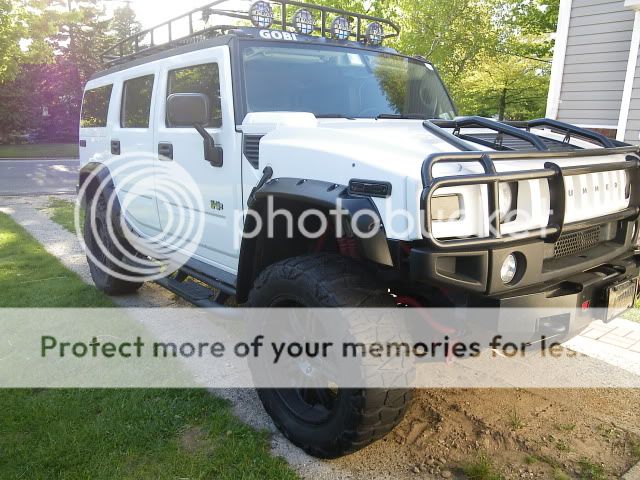 When it comes to speed rating, the later the letter falls in the English alphabet, the higher the speed rating.
When it comes to speed rating, the later the letter falls in the English alphabet, the higher the speed rating.
Each low profile tire has a life expectancy (mileage). However, it's worth mentioning that the mileage the manufacturer gives is merely an estimate. Your driving habits, weather conditions, and other factors will determine how long your tires last. The rubber compound used to make a tire also dictates its lifespan.
For instance, some tires have softer compounds that allow them to grip the road tightly. However, they have a rapid tread wear rate because some of the rubber is left on the road after every drive. Tires with a higher mileage are made with harder compounds to last longer. Low profile tires made with silica improves tread durability.
 Most of the tires on the market have an A grade and a few have a B grade. Get tires with an A or AA grade and you’ll never have to worry about your car sliding on wet roads.
Most of the tires on the market have an A grade and a few have a B grade. Get tires with an A or AA grade and you’ll never have to worry about your car sliding on wet roads.This high-performance all-season radial tire will satisfy your year-round driving needs. It blends dry and wet traction and features traction grooves and X-Sipe Technology. The tire also features Continental's SportPlus Technology which allows for enhanced handling. QuickView Indicators allow you to easily see how the tire performs in snowy conditions.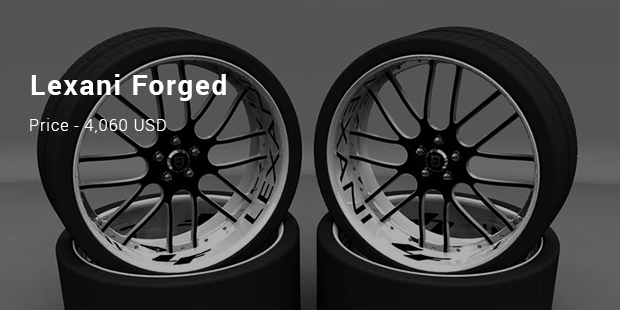 They also alert you when you need to check your vehicle's alignment.
They also alert you when you need to check your vehicle's alignment.
The DWS06 offers superior braking and cornering performance. It is a very responsive tire and you won't have a hard time driving in extreme conditions. The sport sidewall insert enhances the tire's steering response in different road conditions. The two-ply sidewall gives the tire added strength and cornering stability.
The Extreme Contact DWS06 is available in different sizes with Y and W speed ratings. The manufacturer also gives a 50,000 mile limited mileage warranty. However, this is not a run-flat tire and it’s also quite loud. It also doesn't perform well in snowy conditions.
This all-season tire is perfect for all types of sedans and sports coupes. It provides good traction and great cornering performance on wet, dry, and even snowy roads. A silica tread compound increases its traction and rolling resistance for better fuel efficiency. The tread design and notched shoulders offer impressive cornering grip and dry traction.
Hankook's innovative Aqua Hydro Block Technology and four circumferential grooves improve braking performance and wet traction. The two features also minimize the chances of hydroplaning by moving water away from under the tire. Two steel belts inside the tire are reinforced with nylon for increased strength and longevity at higher speeds.
Hankook offers a 50,000 mile tread warranty for this tire. It’s also built using 3D Vibration Analysis Technology, which promotes secure braking performance and even wear. However, the tread life could be better as it wears down very quickly. It also doesn't perform very well in snowy conditions.
This tire is designed for coupes, sports cars, and sedans. It is ideal for car owners who seek optimum performance all year long. It offers good grip on wet surfaces, brilliant steering on dry roads, and excellent traction across seasons. The low profile tire is made using Michelin’s Hello+ tread compound which offers better traction in snowy conditions.
Circumferential grooves on the tire quickly remove accumulated water, slush, and snow. The grooves also reduce the risk of hydroplaning and enhance traction as your car moves through mud puddles. You’ll be able to go on that off-road trip you’ve been planning for years.
The Michelin Pilot Sport A/S 3+ All Season Tire utilizes Michelin’s Variable Contact Patch 3.0 Technology. It evenly distributes all encountered pressure across its surface. However, it is not a comfortable tire and produces a significant amount of noise.
The asymmetrical tread pattern on this tire is made from a versatile rubber compound. The silica formula enables you to use this tire during hot and wet summers or cold and light snowy winters. The outer blocks are large to give extra support to the sidewall. Through the center of the tire are solid circumferential ribs for constant contact with the road. Internally, there are twin steel belts that wrap around the tire to give it stability and strength.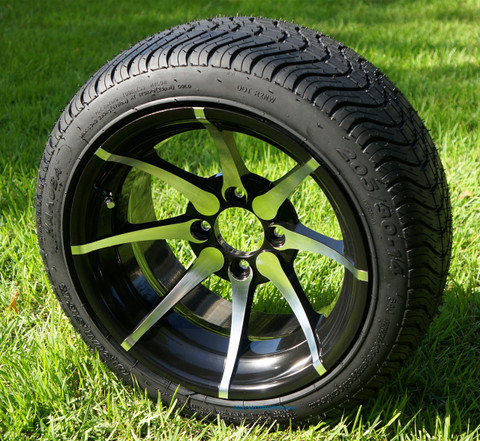
What makes this tire stand out is the extra sipes it has throughout the entire tread pattern. This gives you extra grip in slippery driving conditions. The increased traction will give you faster acceleration and braking.
The downside of these tires is that they can be noisy. Pirelli knows this, yet only limited sizes come with its noise-canceling system. Also, some users received old or defective tires.
This all-season tire provides you with high performance functionality throughout the year. There are four wide circumferential grooves for channeling water away from the tire’s contact patch. Then each side has a different tread pattern that wraps around the tire’s shoulder. Both patterns have an open tread pattern for expelling water away. The tread’s rubber compound has an optimized silica to provide improved performance during braking, accelerating, and handling.
You’ll like driving on this tire because it gives you improved steering control, handling, and wet road traction.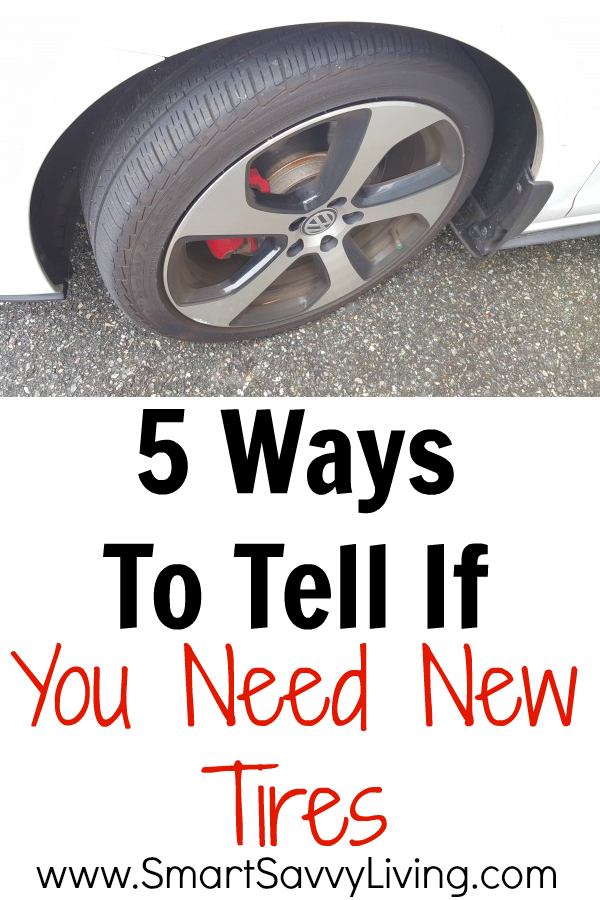 Built into the internal construction of the tire are noise prevention bars to reduce the tire noise and give you a quiet ride. They also hold up quite well when braking hard. This gives you a lot of durability whether you're a conservative or aggressive driver.
Built into the internal construction of the tire are noise prevention bars to reduce the tire noise and give you a quiet ride. They also hold up quite well when braking hard. This gives you a lot of durability whether you're a conservative or aggressive driver.
Unfortunately, this tire tends to struggle with traction on snowy roads. It also lacks stability when cornering.
This all-season tire has an extra wide stance to give you a larger contact patch with the road. It has four wide circumferential grooves for wet road traction. These feed to wide siping on both of the outer tread blocks for maximum water channeling. The unique tread pattern across the face of the tire creates a smooth ride.
What makes this tire stand out is the state-of-the-art technology used to build it. This will give you improved traction on dry, wet, and lightly snowy roads. You’ll have traction at all speeds while also having improved tread life.
Unfortunately, the tread can separate from the body of the tire.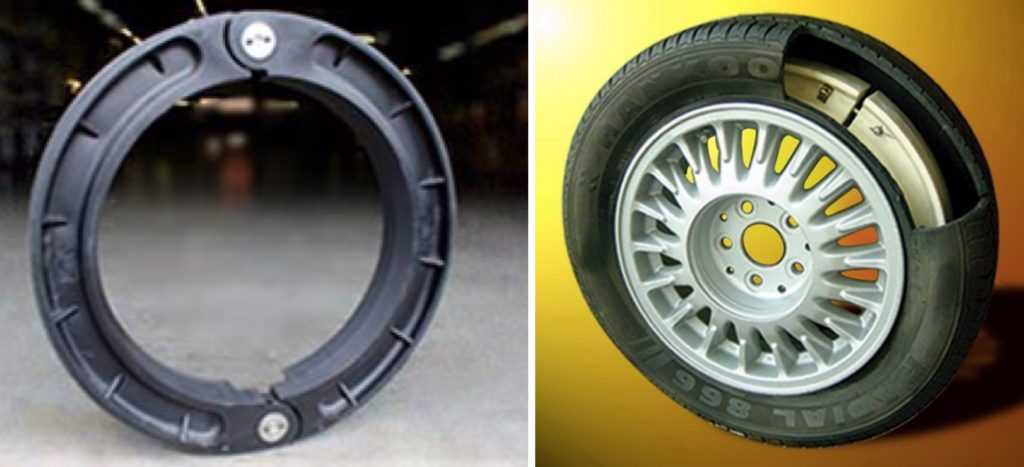 This results in immediate air loss and requires replacement. You may also find these tires are susceptible to puncture. This makes them not as durable, despite the long tread life.
This results in immediate air loss and requires replacement. You may also find these tires are susceptible to puncture. This makes them not as durable, despite the long tread life.
This high performance summer tire features a micro silica compound. This helps to evenly distribute the silica throughout the tire construction. The tire has a more effective contact patch as a result. It has a directional tread pattern with a solid center rib and a 3D dimple pattern. The internal structure is computer simulated to ensure even construction. This guarantees balanced wear throughout the tread pattern. This is supported by the reinforcement of two wide steel belts, a two-ply polyester casing, and two full layer nylon cap plies.
What makes this tire stand out is lateral grooves that are at angles in the tread blocks. They reduce wear and increase the durability of the tire. The 3D dimples are also unique in that they help the tire to dissipate heat better, which helps the tire perform better and last longer.
Unfortunately, this tire is loud. It only gets louder as the tire tread wears. The tire starts out sticky and with plenty of traction, but that wears away with use too.
This all-season tire is meant for use on luxury cars and crossovers. The rubber compound features a high amount of silica. The tread features an asymmetrical pattern that uses Bridgestone’s Long Link Carbon Black technology. It also has Resonance Noise Attenuated (RENOA) silencing grooves to tone down acoustic tones. The tread pattern features continuous center and shoulder ribs for greater straight line stability. These are paired with circumferential grooves to channel water away.
What makes this tire stand out is its long tread life and low rolling resistance. Both of these will save you money. The long tread life reduces how often you’ll need to replace your tires, while the low rolling resistance will improve your fuel economy.
Unfortunately, this tire loses most of its traction abilities when hard-braking. This can result in a dangerous driving situation. Despite all of the built-in noise-canceling technology, these tires are still quite noisy. This is especially true when you drive at faster speeds.
This can result in a dangerous driving situation. Despite all of the built-in noise-canceling technology, these tires are still quite noisy. This is especially true when you drive at faster speeds.
The Cooper Zeon tire is designed to deliver impressive performance and handling while also being durable enough for driving on year-round. They handle well on dry, wet, and even lightly snowy roads. This is partially thanks to the internal construction of the tire, which features a two-ply polyester casing and twin steel belts that are spirally wrapped in nylon. It also has a very stiff bead filler that holds the tire steady during quick maneuvers.
What makes this tire stand out is the unique silica compound that provides maximum grip on both wet and dry surfaces. It’s molded into an asymmetrical pattern to give you a strong grip while cornering and dampen the sound you’d get with other tires. There are four deep circumferential grooves and wide lateral notches for powerful water channeling.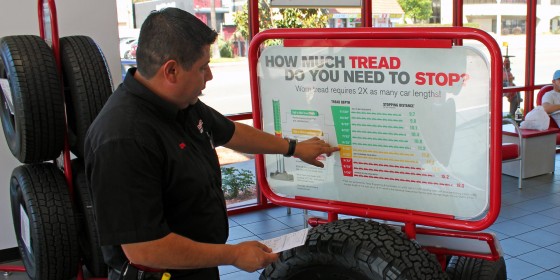 The pattern is then finished with 3D Micro Gauge sipes for grip in light snow.
The pattern is then finished with 3D Micro Gauge sipes for grip in light snow.
The downside of these tires is that they don’t grip as well in snow as they do on wet or dry roads. You’ll want to be more careful when driving in these conditions. You may also find the tire tread wears quickly when driving in colder temperatures.
This dependable tire is designed for use on SUVs, performance trucks, coupes, and sports cars. You’ll have predictable handling and year-round performance through wet, dry, and light snowy road conditions. The construction of the tire features twin steel belts that have nylon reinforcement.
What makes this tire stand out is the aggressive tread pattern. The tread block rows are separated by four deep circumferential grooves. Then there are lateral grooves separating the treads. These are lined by solid shoulder blocks that wrap around the sidewall to give the tire more stability.
The biggest problem with these tires is the lack of consistency in the quality.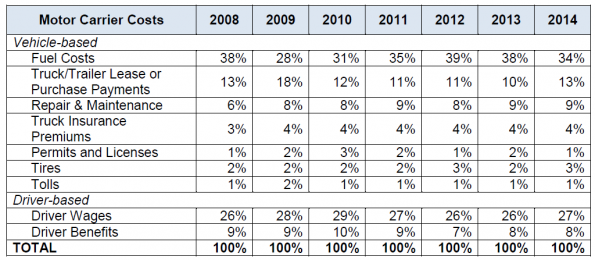 The lack of quality control can result in tires with flat spots, impossible to balance tires, and others with tread that separates from the body of the tire. They also struggle to provide dependable traction on wet roads.
The lack of quality control can result in tires with flat spots, impossible to balance tires, and others with tread that separates from the body of the tire. They also struggle to provide dependable traction on wet roads.
A: Low-profile tires tend to have less cushioning than standard tires due to the extra height in the larger sidewalls.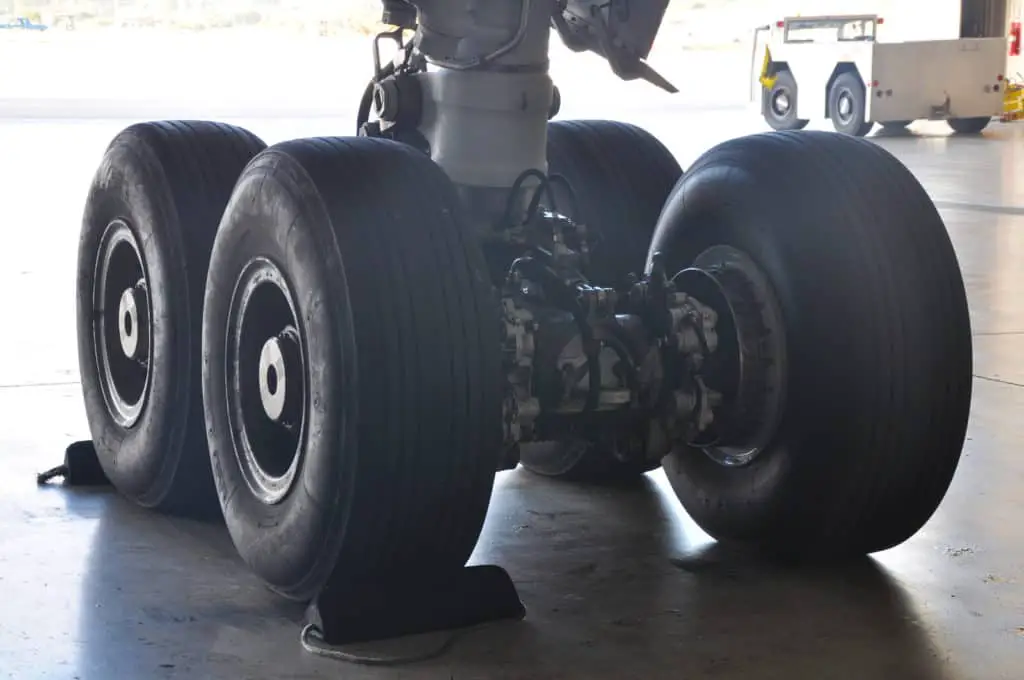 You are more likely to feel the bumps on the road than you are with regular tires.
You are more likely to feel the bumps on the road than you are with regular tires.
A: Low-profile tires can be used on a variety of cars, including models by VW, Honda, Audi, and Lexus as well as luxury brands. But unless your car comes with low-profile tires from the factory, you may need to upgrade other parts of your vehicle to accommodate them. This includes the suspension, rims, and brakes.
A: Some brands offer this technology. When you get a flat tire, run-flat technology allows you to drive as far as 50 miles even if the tire completely deflates. Since low-profiles have less air than other types of tires, it's easy to incorporate this type of technology into them.
Our pick for the best low-profile tires is the Continental Extreme Contact All-Season Radial Tire.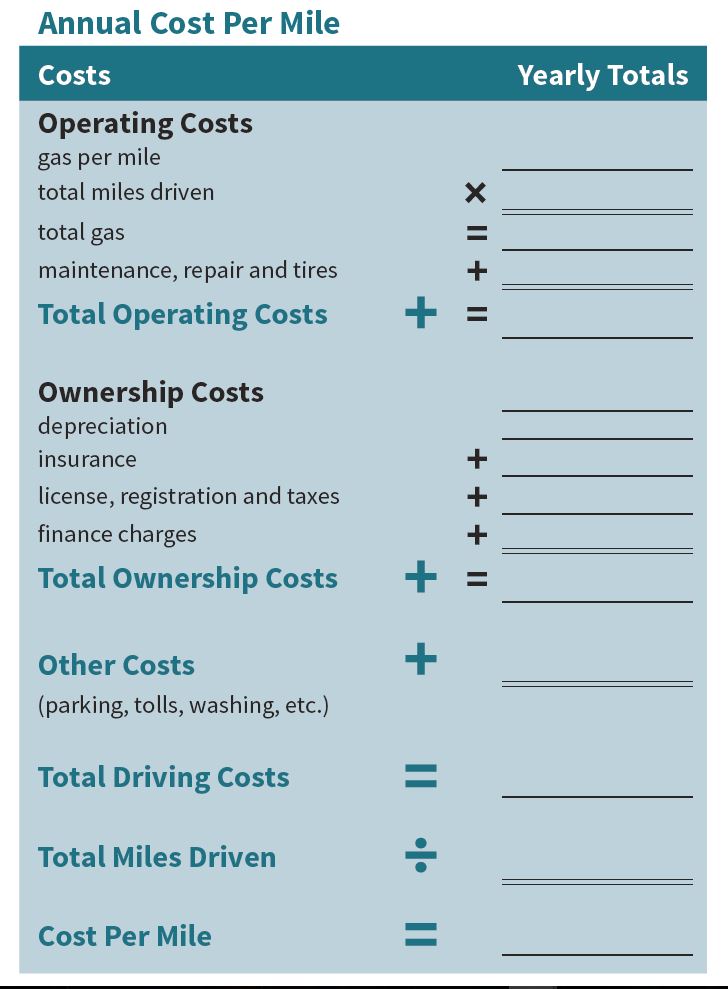 They perform well in a variety of conditions, aren't as loud as some competing brands, and come with a 50,000-mile warranty.
They perform well in a variety of conditions, aren't as loud as some competing brands, and come with a 50,000-mile warranty.
Tires may not be the most glamorous part of a car, but they have more impact on driving feel than nearly any other component. They’re the only parts of your ride that actually touch the ground, after all, and their ability to grip the road, disperse moisture, and hold up to countless miles of daily driving are central to on-road dynamics. No, they’re not as flashy as body kits or as punchy as turbochargers, but they’re one of the best vehicular investments you can make.
Low-profile tires are especially popular for serious drivers who love to modify their cars. Because larger wheels are a common upgrade, skinny tires are often necessary to make them fit in the wheel well. But these low-profile tires also give your ride a unique look and a sportier feel. These products generally have all the features of regular tires, only in smaller sizes.
As with regular tires, you can choose low-profile variants suited to particular driving styles. Sticky performance tires, long-lasting economy rubbers, all-season models, and even skinny snow tires are all out there at a variety of price points. How did we choose our favorites? Read on to learn more about low-profile tires.
Drivers love low-profile tires for their visual appeal, but the stiffer sidewalls and wide contact patches grant impressive performance as well. But there are drawbacks. Low-profile tires can produce more noise than standard variants. They may also ride a bit rougher, and they can be more susceptible to wheel damage.
New tires can greatly affect a vehicle’s handling, fuel consumption, weather performance, ride quality, speedometer accuracy, and noise level. Depending on the style you choose, however, some of these changes may be positive, while others can be negative.
Low-profile tires are generally sold in one of four categories, each with its own distinct tread pattern and performance goals.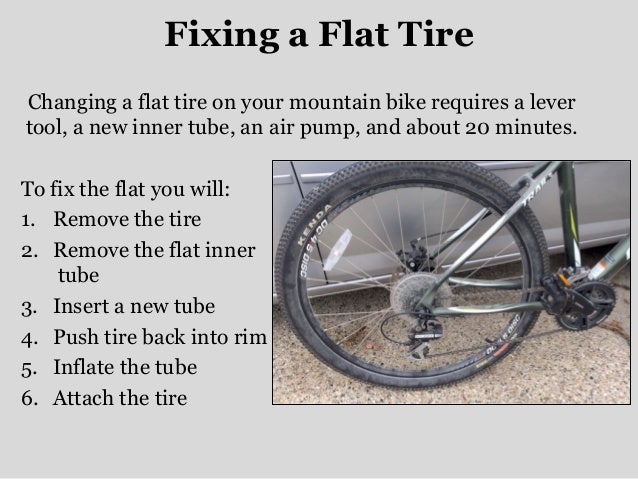
All-season: These ubiquitous jack-of-all-trades tires are designed to deliver grip and confident handling regardless of the season. All-seasons deliver comfortable city and highway experiences with relatively low noise. Tread patterns are often symmetrical in this category, with grooves and sipes to siphon away water.
Summer: These tires are optimal for performance vehicles in warmer climates and feature less prominent treads than other types. This gives them wider contact patches with the road for optimum grip, but there is still enough tread to inspire confidence in both wet and dry weather. The rubber compounds in performance tires are soft and grippy for better high-speed handling.
Winter: When the snow and ice hit, you’re going to want a set of winter tires. These tires come in studded and non-studded varieties—with deep treads and grooves to expel slush away from the tires’ contact patches.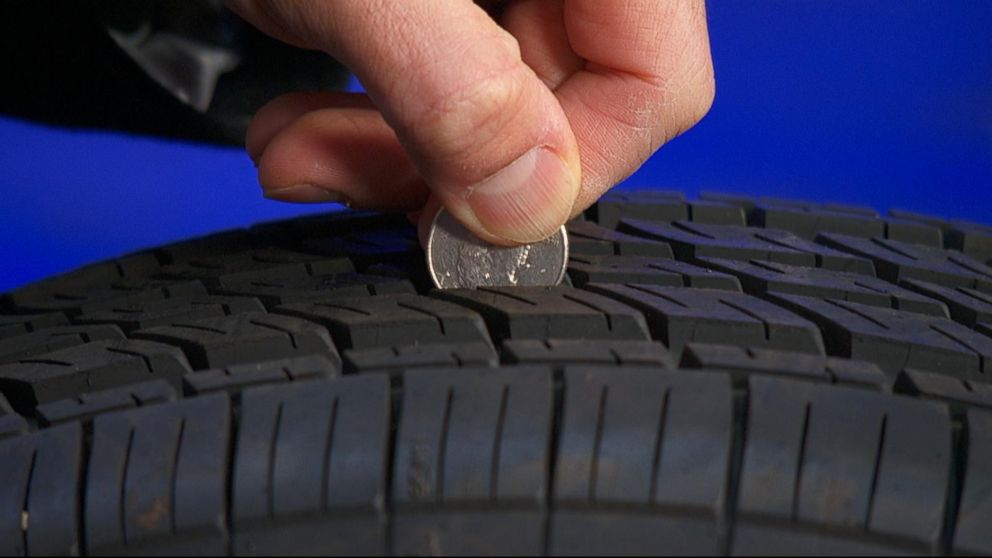 Winter tires also feature soft rubber compounds to stick to the road even as the temperature plummets. Keep in mind that the more complex tread patterns on winter tires will generate additional noise at higher speeds.
Winter tires also feature soft rubber compounds to stick to the road even as the temperature plummets. Keep in mind that the more complex tread patterns on winter tires will generate additional noise at higher speeds.
Touring: Geared toward comfort, touring tires are designed to bestow high levels of luxury to the occupants, meaning bumps and imperfections in the road are less noticeable. They still offer solid grip and performance though, and are usually sold as all-seasons. Speed ratings for touring tires are high as well.
The size of your tires is paramount — they have to fit on your wheels, after all. Tire dimensions are dictated by a figure that looks something like this: 285/35R22 106W. Let’s explain what each part means.
285: The width of the tire in millimeters at its broadest part.
35: The height of the tire’s sidewall, shown as a percentage of the tire’s width.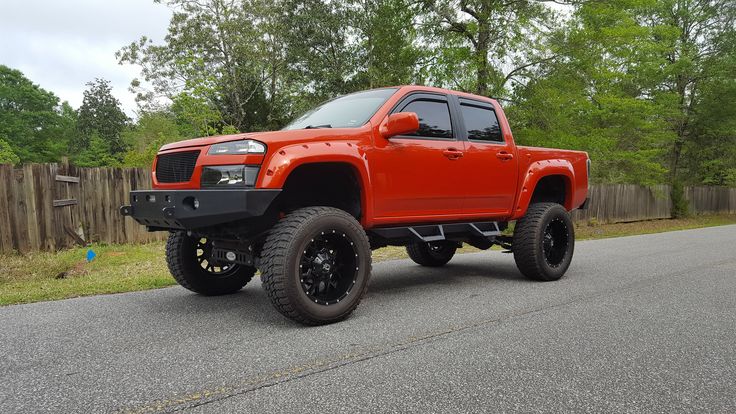 Low-profile tires almost always have an aspect ratio below 50.
Low-profile tires almost always have an aspect ratio below 50.
R: Indicates the product is a radial, which means the layers run radially across the tire.
22: The wheel diameter, measured in inches.
106: The load rating, load index, or the maximum weight each tire is rated to carry.
W: The speed rating of the tire in optimal conditions. The later in the alphabet the letter falls, the higher the speed rating. A tire marked ‘W’ is rated suitable for speeds up to 168 mph.
Tires come with their own life (mileage) expectancy. These mileage estimates are merely averages because weather severity, driving habits, and other factors all play a part in how long a tire will last. The lifespan of a tire is dictated in large part by the rubber compound used to make it. Some are softer, allowing them to grip the road more tightly for performance-focused vehicles. The tradeoff is higher tread wear, as more of the tire is left on the road after each mile. High-mileage tires are harder, by contrast, and will last considerably longer. Keep an eye out for tires that include silica compounds, as they improve tread durability.
The tradeoff is higher tread wear, as more of the tire is left on the road after each mile. High-mileage tires are harder, by contrast, and will last considerably longer. Keep an eye out for tires that include silica compounds, as they improve tread durability.
The majority of consumer-grade tires are filled with good old air, but some are piped full of pure nitrogen from the factory. Why? Pure nitrogen is less likely to seep through the tire rubber than oxygen, the benefit being more pressure stability in the long term. They’re also less susceptible to pressure change when the temperature fluctuates. Tires filled with nitrogen are denoted by green caps on the valve stems, but don’t worry: you can still pump in regular air if you get low.
Tire shine: Trinova No-Wipe Spray
Get that deep-black look and clean gleam of showroom tires with a quality tire shine product. We like the Trinova no-wipe spray, which quickly clears away grit and dirt, and provides a long-lasting shine.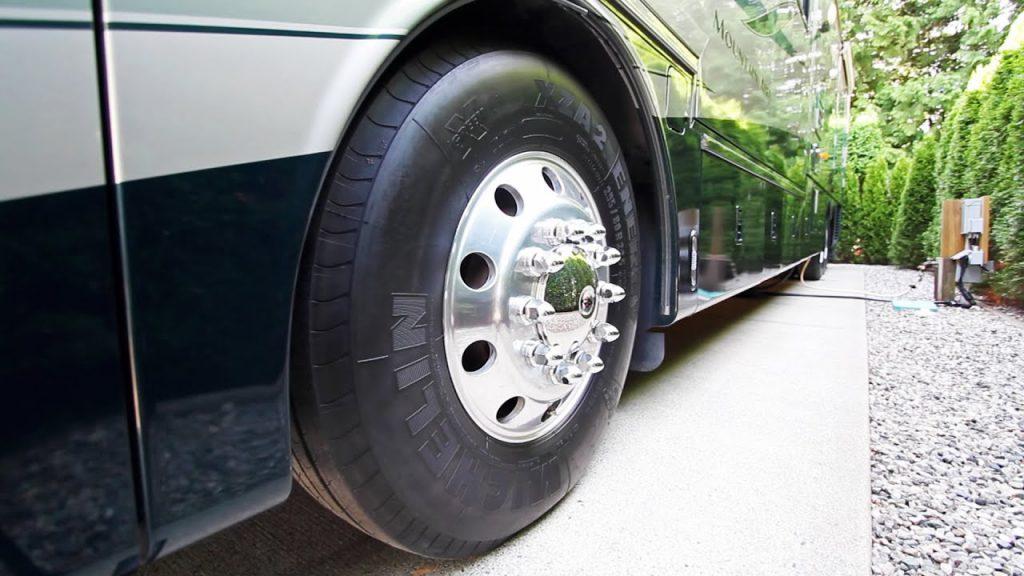
Tire pressure gauge: AstroAI Digital Pressure Gauge
Maintaining proper tire pressure is one key to safe and long-lasting tires, so you should always have a quality tire pressure gauge on hand. We love this simple and versatile AstroAI model that features a clear digital display and works for cars, trucks, and bicycles.
Tire-patch kit: Boulder Tools Heavy-Duty Tire Repair Kit
When help is too far away for a tow, or if you simply want to repair a tire at home, it’s great to have a tire-patch kit handy. The Boulder Tools heavy-duty kit has all the tools and patches you need to fix up car, truck, and trailer tires.
"The wheels that drive your car will wear more than the unpowered wheels, but side-to-side, the tires should wear relatively evenly. If you notice uneven tread across the axles, inspect your wheel bearings, suspension components, and tie rods for issues. "
STAFF
BestReviews
Generally speaking, low-profile tires are slightly more expensive than regular ones.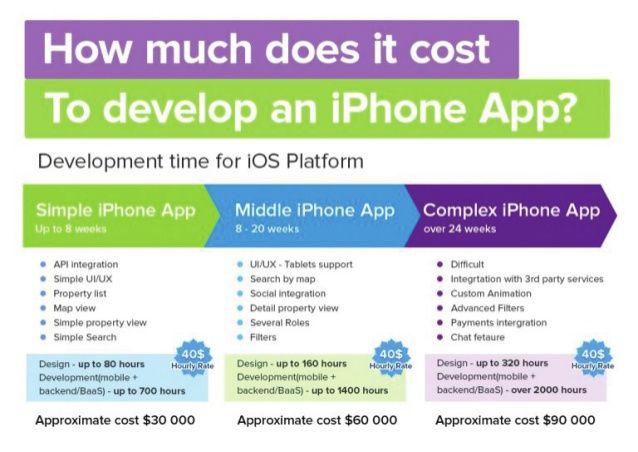 While standard-profile rubber tire prices range from $50 to $90, low-profile versions will cost between $65 and $200. Keep in mind that run-flat tires and those filled with nitrogen may add another charge.
While standard-profile rubber tire prices range from $50 to $90, low-profile versions will cost between $65 and $200. Keep in mind that run-flat tires and those filled with nitrogen may add another charge.
At $65 or so, expect to find relatively basic radials that perform decently in most non-snowy weather conditions. You can find tires for coupes, sedans, and crossovers at this price point. However, they may be louder and ride rougher than more expensive alternatives.
Mid-rangeIf you spend $100 per tire, you’re budgeting for higher performance capabilities in tandem with all-weather grit. These models will also be quieter, with more advanced tread compounds for better tread life. Larger tires for trucks and SUVs are also commonly found here.
ExpensiveAt the top of the range, you’re likely spending $150 or more on either a high-performance product or a smooth, low-noise luxury one.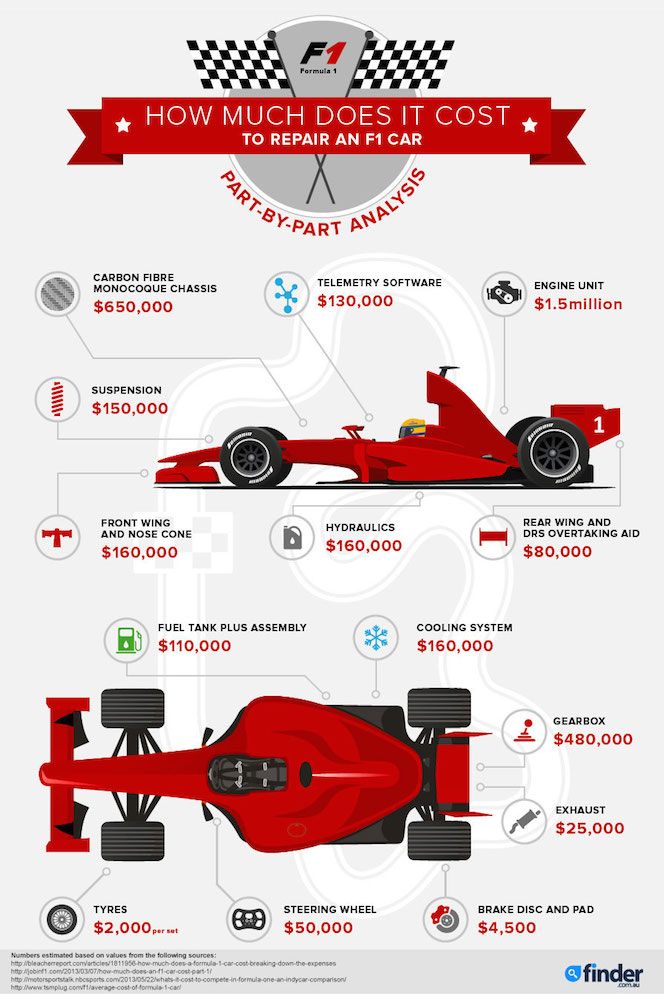 These have special rubber compounds, unique features, and painstakingly designed tread patterns to maximize handling and comfort.
These have special rubber compounds, unique features, and painstakingly designed tread patterns to maximize handling and comfort.
Did you know?
Race cars often run on what are called “slicks.” These are super sticky tires with no tread at all. This design gives the tires the biggest contact patch with the ground for maximum grip. Race cars don’t drive on rough roads in harsh weather though, so this layout would spell disaster for commuter vehicles.
STAFF
BestReviews
Buy a backup. Most cars come with a spare tire from the factory, but drivers often forget to order an extra when upgrading their wheels and tires. Consider purchasing an extra wheel and low-profile tire for an easy switch-out in case of a flat.
Watch your wear. Keep an eye on how your tires wear over time, paying close attention to your tread depth. The minimum legal tread depth is 1/16”, which you can measure by sticking a penny in the tread.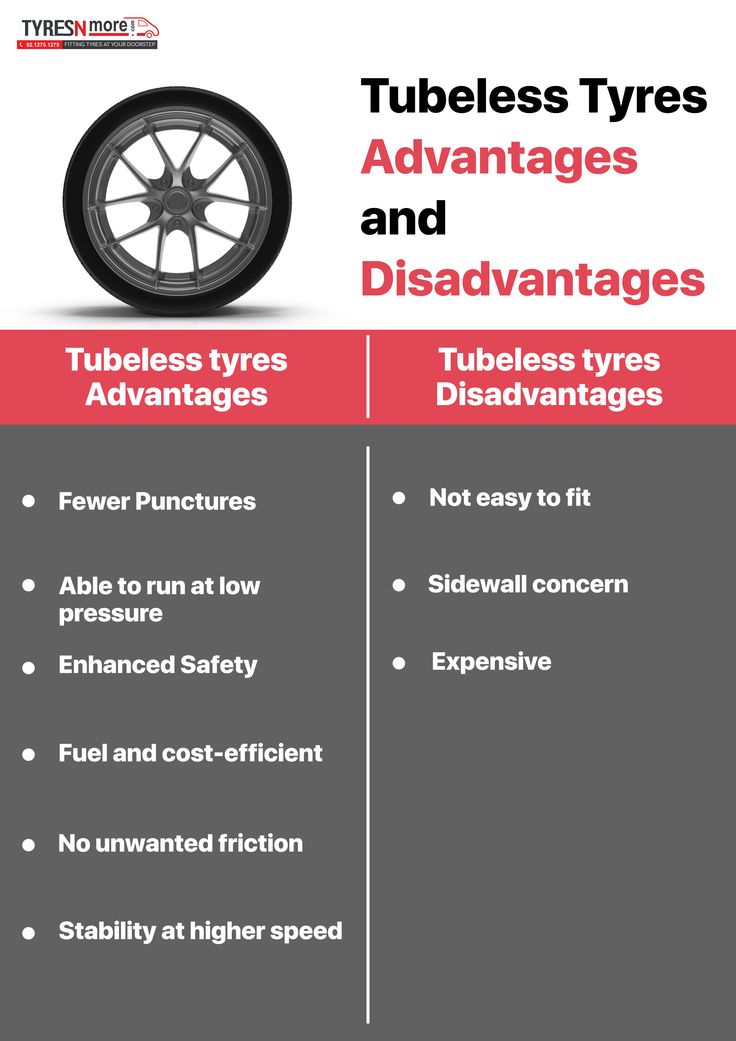 If the top of Lincoln’s head is visible, you need a replacement.
If the top of Lincoln’s head is visible, you need a replacement.
Mind your psi. Proper tire pressure is vital to maintain safe performance. Low pressure can cause excessive tire wear, unsafe braking, poor gas mileage, and even blowouts, so keep a tire gauge in your vehicle at all times. You can refill your tires at nearly any gas station with a few quarters.
Never change just one tire at a time. When you’re swapping for some new rubber, replace either two (across the axles, side-to-side) or four at a time. Why? If you don’t, the tire on one side will have a slightly different circumference than the other, which can upset your vehicle’s handling, balance, and braking.
Store your tires properly. When storing winter or summer tires, make sure to thoroughly clean them before they go on vacation. If you don’t, dirt and chemicals from the road may corrode them. Also, stack tires flat on top of each other.
Tire manufacturers often list a mileage expectancy for their products. These are helpful guides when shopping, but remember that driving style, traffic conditions, weather, and proper pressurization can have huge impacts on a tire’s lifespan.
A. Tires are constantly plastered with dirt, brake dust, oil, and other on-road contaminants. More than that, they commonly suffer from something called “blooming,” which occurs when anti-oxidizing compounds inside the tire are drawn to the surface and leave a brownish residue. To keep your low-profile tires looking fresh and clean, institute a regular cleaning routine.
Start by rinsing the tires. Then, wash them with dish soap diluted in water, one teaspoon for every gallon. Use a sponge to remove dirt and blooming from your tires, but remember to use something softer to clean the wheels. Rinse and dry the tires.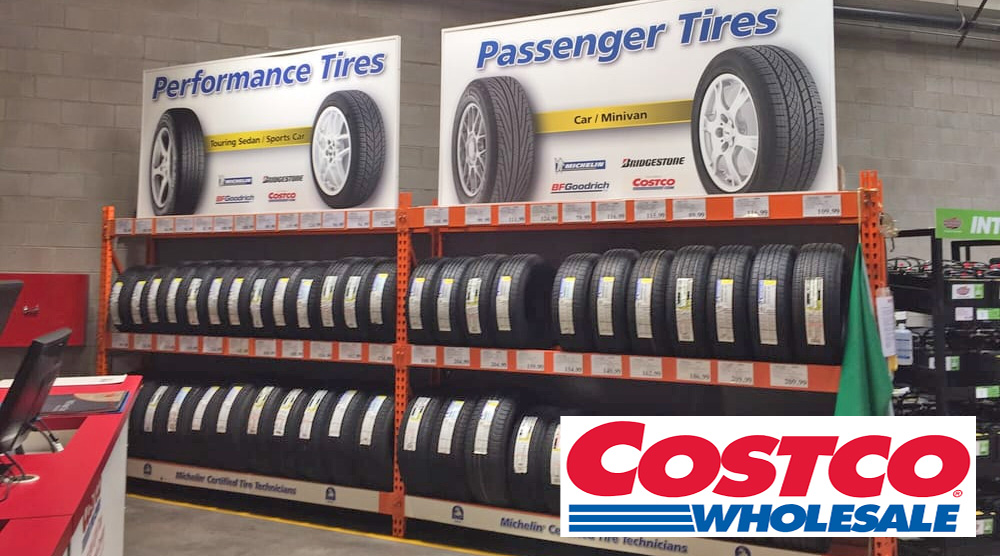 Now, you’re ready to apply a dressing to restore the clean black look of new tires. Repeat this regimen every time you wash your vehicle to keep it looking like new from head to toe.
Now, you’re ready to apply a dressing to restore the clean black look of new tires. Repeat this regimen every time you wash your vehicle to keep it looking like new from head to toe.
A. Rotating your tires entails moving your rear tires to the front and vice versa to promote even tire wear. Remember, the wheels that drive the car (i.e. the front wheels on a front-wheel-drive car) wear more quickly due to them transferring the engine’s power to the pavement and handling the bulk of the weight.
The frequency with which you rotate your tires depends on your driving style and local road conditions, but as always, there’s a helpful rule of thumb to follow: rotate your tires when you change your oil. If you drive fewer than 7,500 miles a year, though, it’s recommended to rotate your tires every six months or so. Always check your owner’s manual for reference, as some cars and trucks have different tire rotation schedules.
A. Run-flat tires allow cars to continue driving after a puncture. They also remove the need for a spare, freeing up valuable space in the trunk. Sure, they’re generally only good for about 50 miles of driving at 55 mph or so, but the ability to get to a service station without pulling over to swap tires is worth its weight in gold.
There are two types of run-flats: self-supporting variants with strong sidewalls to support the weight of the car when the air leaks out, and self-sealing versions that have liquid inside to temporarily patch punctures. Not every type is suitable for every wheel, and they’re almost always more expensive than regular tires. Whether you purchase run-flats or not depends on how much you value convenience. A tire patch kit and air pump are considerably less expensive than the run-flat upcharge, but they require some elbow grease.
Monday, June 27, 2016 11:00:00 Europe/Moscow
One of the latest fashion trends has been the focus on low profile tires.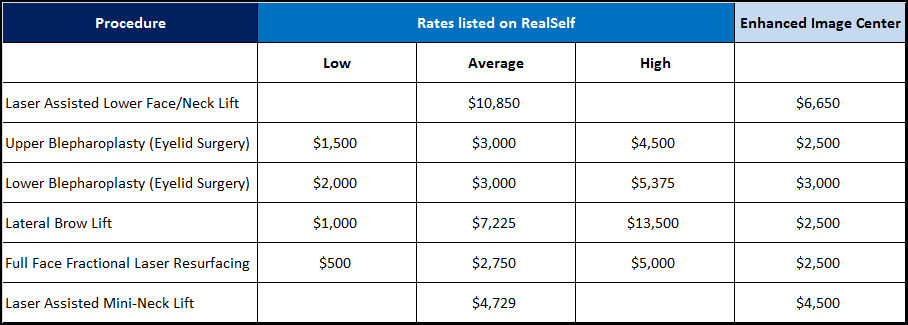 This is especially evident during the sale of summer tires. About how relates to the low-profile tire , what operating features it has, will be described below.
This is especially evident during the sale of summer tires. About how relates to the low-profile tire , what operating features it has, will be described below.
In today's world, a low profile tire is one that has a profile height (tire height) to width ratio of 55% or less. Thus, low profile tires include, for example, the following dimensions:
Given the current trends in the development of tire sizes and the emergence of new cars, we can say that the 55th series, as the border between standard profile and low profile, will no longer be considered as such in the near future. In reality, this has already happened and among those who are deliberately looking for a tire with a narrow sidewall, the size 205/55 R16 is not considered low profile. And if we turn to history, then at the dawn of the appearance of low-profile tires, the parameter separating them from standard tires was generally 70%! And, for example, size 195/70 R14 was already considered low profile.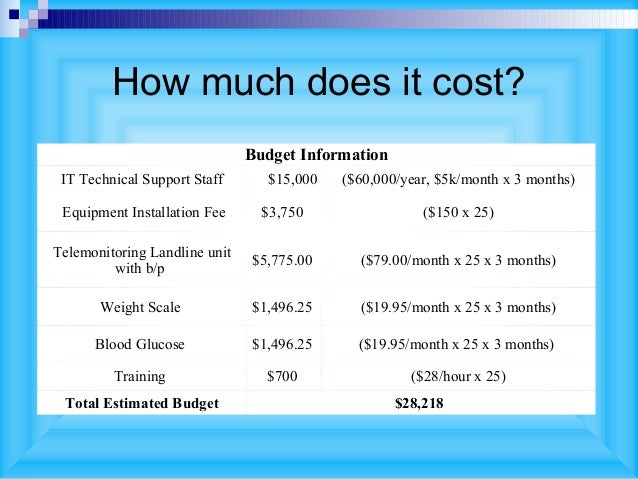
The first low profile tires were produced by Michelin in 1937. However, the condition of the roads and the equipment of mass-produced cars did not allow such tires to be widely used and they were installed exclusively on racing cars.
In the sports world, the idea of a low-profile tire was adopted almost immediately, as low-profile tires provide better vehicle stability during high-speed manoeuvres. At the same time, the use of such tires on conventional cars was abandoned for many decades and returned to it only in 1978 year.
One of the main benefits of the low profile tires is that they give the car a more sporty appearance. The main difference from standard tires in behavior is the improvement in vehicle handling. So when cornering at high speed, there is almost no buildup of the car, which is characteristic of conventional tires, which occurs due to deformation of the sidewall of the tire under the influence of loads.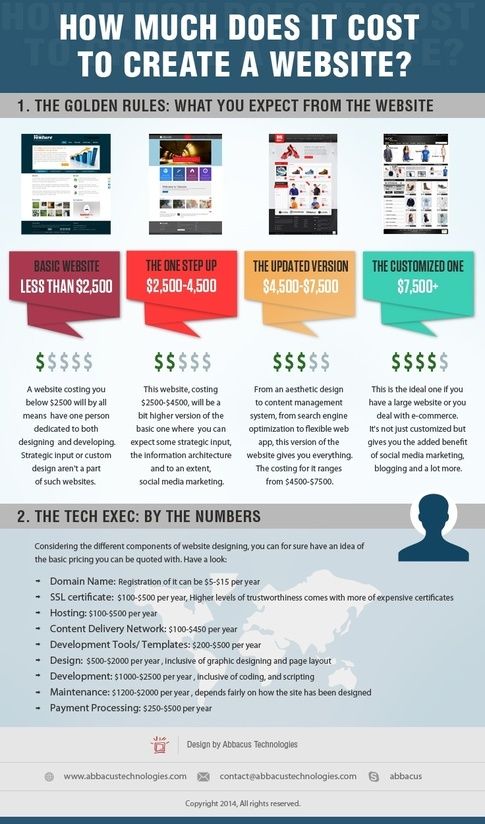 The greater stability of the tire improves the handling of the car, and also increases the information content of the car as a whole. Also, a low-profile tire mounted on light-alloy wheels shows faster acceleration and also improves braking.
The greater stability of the tire improves the handling of the car, and also increases the information content of the car as a whole. Also, a low-profile tire mounted on light-alloy wheels shows faster acceleration and also improves braking.
The disadvantages of this rubber are also related to its height. The lower the profile of the tire, the lower the tire sidewall height, which means the lower the damping ability of the tire to reduce vibrations from the road. As a result, all the bumps in the road are immediately felt on the steering wheel, because such low-profile tires are not suitable for roads with poor quality surfaces.
Lack of adequate cushioning can lead to even more unfortunate consequences than loss of comfort, since, for example, the load on the car's suspension is increased. It is also worth remembering that the transition to low-profile tires is always accompanied by an increase in the landing diameter of the disks, which means that you need to purchase a new set of disks. In addition, low-profile tires themselves tend to cost more.
In addition, low-profile tires themselves tend to cost more.
Select low profile tires according to the manufacturer's recommendations. As a rule, a car manufacturer offers 3-4 sizes for each model, among which there will be low-profile ones. The following is an example of tire selection for a Ford Focus:
| Recommended size | Tire profile | MICHELIN tire model |
| 205/55R16 | Standard | Primacy 3, Pilot Sport 3, CrossClimate |
| 215/55R16 | Standard | Primacy 3, CrossClimate |
| 215/50R17 | Low profile | Primacy 3, CrossClimate |
| 235/40R18 | Low profile | Pilot SPort 4, Pilot Sport Cup 2 |
Car wheels are the first thing that comes to mind in the context of visual tuning. Not every car will be better after installing a tailgate spoiler. And big, uniquely patterned rims will always come in handy, whether it's a flashy Japanese coupe or a sleek sports sedan. However, larger discs take up more space in the wheel arch. Therefore, they are combined with tires whose profile is lower than originally. How to recognize low profile tires and how do they affect the driving experience?
Not every car will be better after installing a tailgate spoiler. And big, uniquely patterned rims will always come in handy, whether it's a flashy Japanese coupe or a sleek sports sedan. However, larger discs take up more space in the wheel arch. Therefore, they are combined with tires whose profile is lower than originally. How to recognize low profile tires and how do they affect the driving experience?
Low profile tires are models offered in relatively low sidewall sizes. Relative - because its height is calculated in relation to its width. The low profile is usually paired with a wide tread. Various vehicle models are adapted to work with different wheel sizes, giving users the choice between high profile or low profile tires.
For example, some versions of the BMW 3 Series initially use tires 205/60 R16 . These are definitely not low profile tires. The height of the sidewall in this case is 60% of 205 mm, i.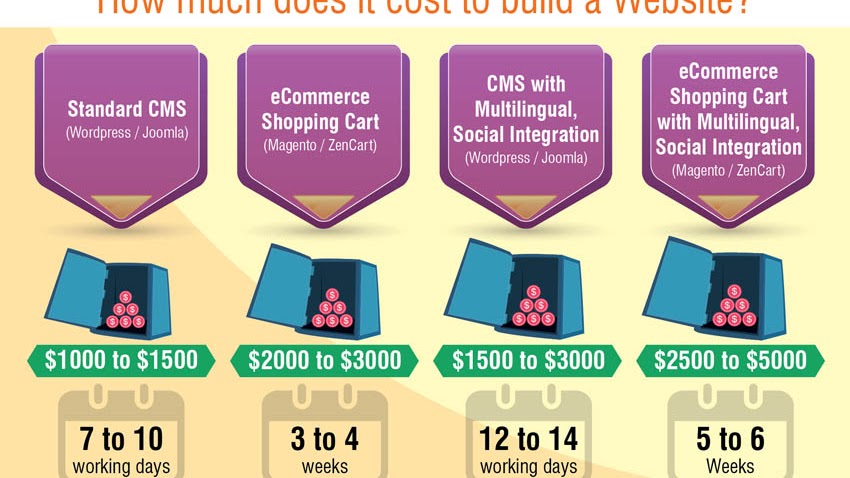 e. 123 mm. Optionally, this model of the Bavarian brand can be equipped with wheels with low-profile tires in size 225/45 R18. To do this, the sidewall, that is, the profile of the tire, is reduced to about 100 mm.
e. 123 mm. Optionally, this model of the Bavarian brand can be equipped with wheels with low-profile tires in size 225/45 R18. To do this, the sidewall, that is, the profile of the tire, is reduced to about 100 mm.
The BMW 3 Series is also designed to be driven on a wheel set with front tires 225/35 R20 and rear tires 255/30 R20. Then the sidewall of the front tires is 79 lessmm, and the rear is already 76.5 mm! And we talk about the same car all the time.
It goes without saying that the car will look much better on large rims with low profile tires. However, appearance is not everything. The behavior of the car on the road will also change. However, before we analyze the advantages and disadvantages of low profile tires, it's worth asking: "Where does this low profile actually start?"
Currently, low profile tires can be classified as models with a profile of less than 50% of the tread width. However, 40-50 years ago, even a profile of 80% of the width was perceived as low. Therefore, low profile tires for everyday use have a profile height of 35-45% of the tread width. This does not mean that you cannot "lower" the profile even lower.
Therefore, low profile tires for everyday use have a profile height of 35-45% of the tread width. This does not mean that you cannot "lower" the profile even lower.
The European Tire and Rim Technical Organization (ETRTO) adopted a standard in 2009 that the minimum possible tire profile is 20% of the width. It was size 375/20 R21.
The Americans did not attach much importance to European standards and in the same year the Nexen N3000 tire was presented at the SEMA tuning fair in size 365/15 ZR24. Kumho Tire has also prepared a 15% profile tire, the Ecsta SPT KU31 385/15 ZR22. It is easy to calculate that the profile of the Nexen model is less than 55 mm. Kumho's profile isn't as drastically lowered, but its height at 57.75mm isn't much higher.
It's not just the look of the car that benefits from low profile tires. Driving performance will also be improved.
As mentioned earlier, a low tire profile is combined with a wide tread. This, in turn, results in an increase in the area of contact with the road and hence better contact with the road. The lower profile also improves stiffness. The low profile is not as prone to bending and deformation under the influence of overloads. As a result, it will transfer power more efficiently and support the 's better stability when cornering aggressively.
This, in turn, results in an increase in the area of contact with the road and hence better contact with the road. The lower profile also improves stiffness. The low profile is not as prone to bending and deformation under the influence of overloads. As a result, it will transfer power more efficiently and support the 's better stability when cornering aggressively.
Thus, the advantages of low profile tires are better appearance and improved driving performance. Improved cornering stability, greater confidence when driving at high speeds and improved appearance are features that are certainly desirable for owners of performance cars with sporty driving characteristics.
However, low profile tires are not the ideal solution - there are some inconveniences to consider when fitting them to your vehicle.
After switching to low-profile tires, you will feel a drop in driving comfort after the first trip. The lower profile does not bend as much as the high profile, which, on the one hand, improves driving performance, and on the other hand, reduces the damping of bumps. Driving comfort is bound to suffer after a radical lowering of the profile.
The lower profile does not bend as much as the high profile, which, on the one hand, improves driving performance, and on the other hand, reduces the damping of bumps. Driving comfort is bound to suffer after a radical lowering of the profile.
Lower tires also mean more risk of rim damage. Potholes in the road, high curbs and other such factors make it easier to access the rim surface. The likelihood of rim chafing when hitting a curb on low profile tires is higher. Also, a low profile tire is more effective at absorbing potholes, which, combined with the low profile and high speed, can easily cause the rim to bend or even crack.
The safety level of low profile wheels can be increased by using tire models equipped with protective lip . This element is often found in low-profile tires, but this significantly increases the price and does not provide 100% protection against damage, but only reduces their likelihood.
Low profile tires also accelerate wear on suspension components that have to work harder. The levers and dampers should take the 's part of the work that the high sidewall does on tires with a large profile.
The levers and dampers should take the 's part of the work that the high sidewall does on tires with a large profile.
When changing tires to low profile tires, remember to adapt the vehicle to the changes. In order for the speedometer to show the correct speed, may need to be coded into the new tire size in the car's on-board computer. When changing the wheel height by 5 mm or more, it is also necessary to correct the headlight adjustment.
Car manufacturers specify the appropriate low profile tire sizes and pressures to be used. To maintain high driving performance and an adequate level of safety, it is necessary to maintain the correct tire pressure. When pressure is lost, low profile tires will not flex like high profile tires. In such a situation, even significant air losses in the wheel will be difficult to see "by eye". Therefore, when driving with low profile tires should check the pressure more often .
Tire manufacturers recommend checking the pressure of every 2-4 weeks . When driving on low-profile tires, it is better to observe a shorter time interval and drive up to the compressor twice a month. The pressure should also be checked before any long trip or driving with more load than usual.
First of all, you need to make sure that the tire size corresponds to that specified by the manufacturer. If there are also low-profile variations in the list of sizes that fit our vehicle, you should base your decision on the advantages and disadvantages of this solution and your driving style.
Calm riders who don't drive particularly fast and aggressively and value comfort on the road, should not opt for the low-profile tyre. Due to this style of driving, the advantages of a low sidewall will not be used, and the disadvantages will still show up.
Owners of high performance vehicles who do not already use low profile tires may consider this option.